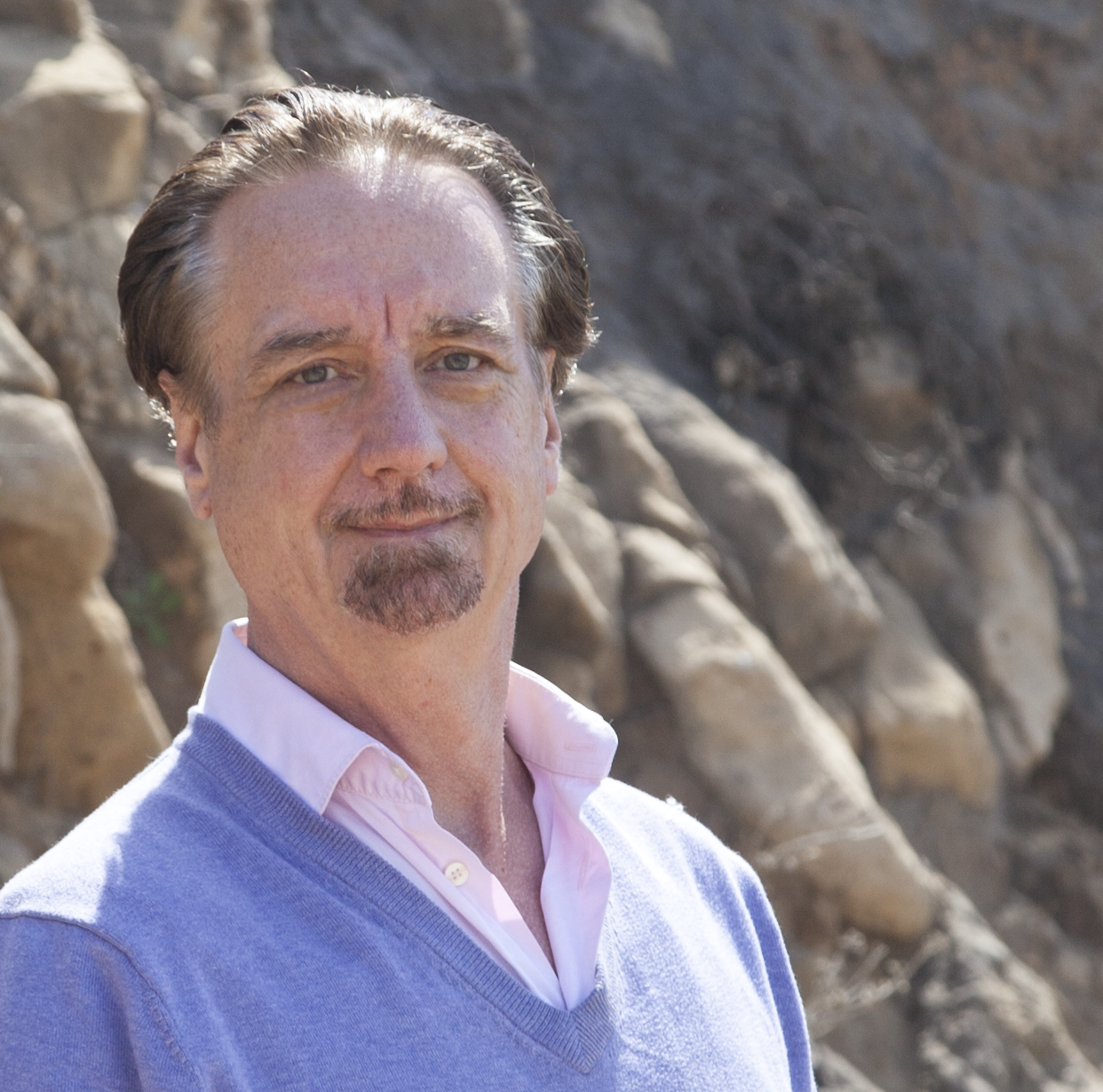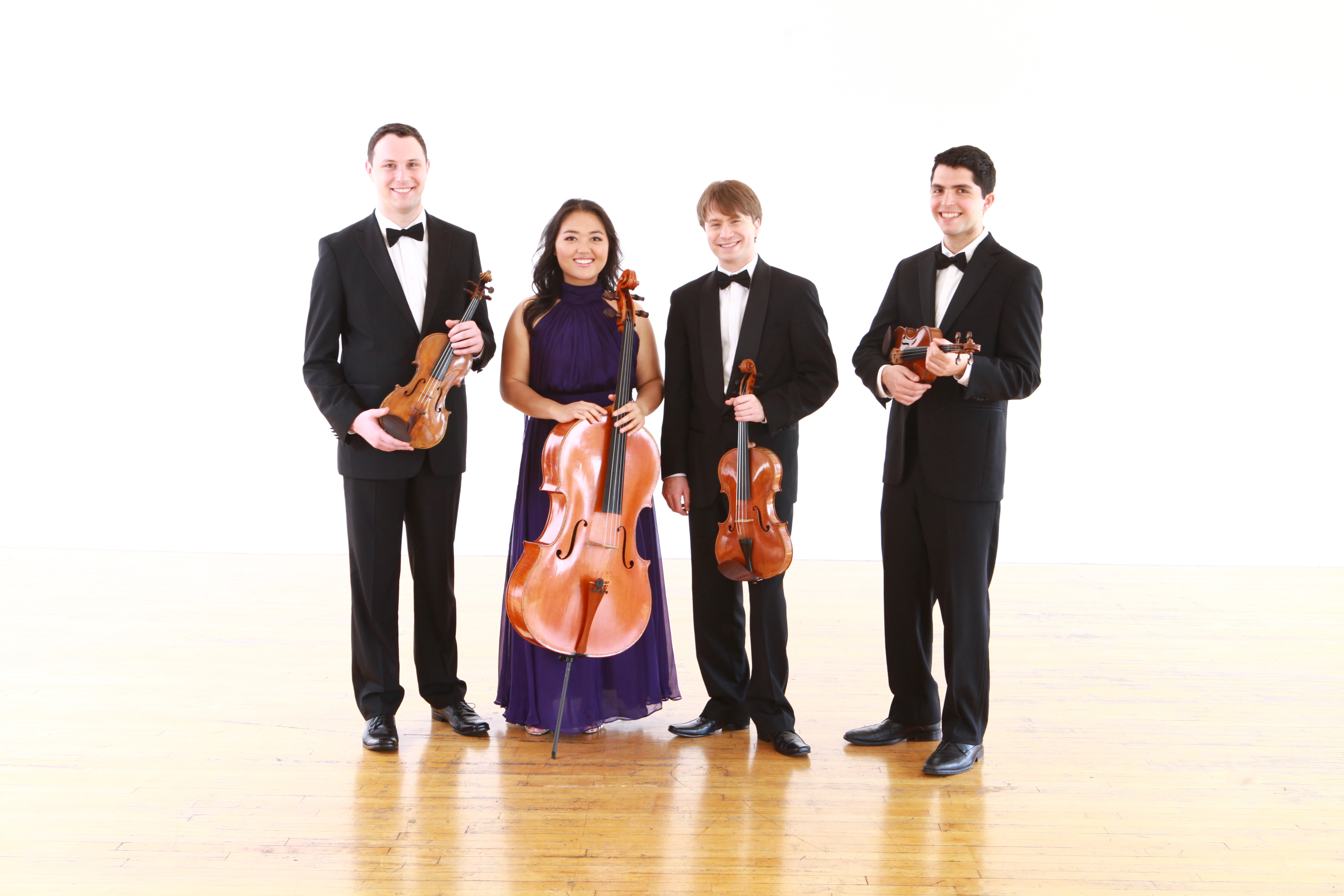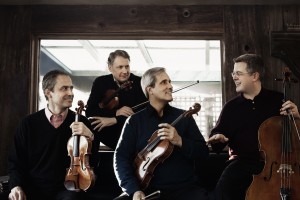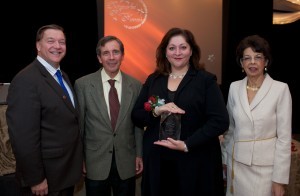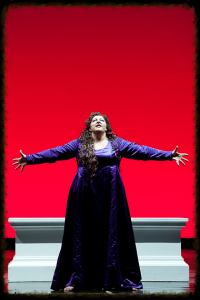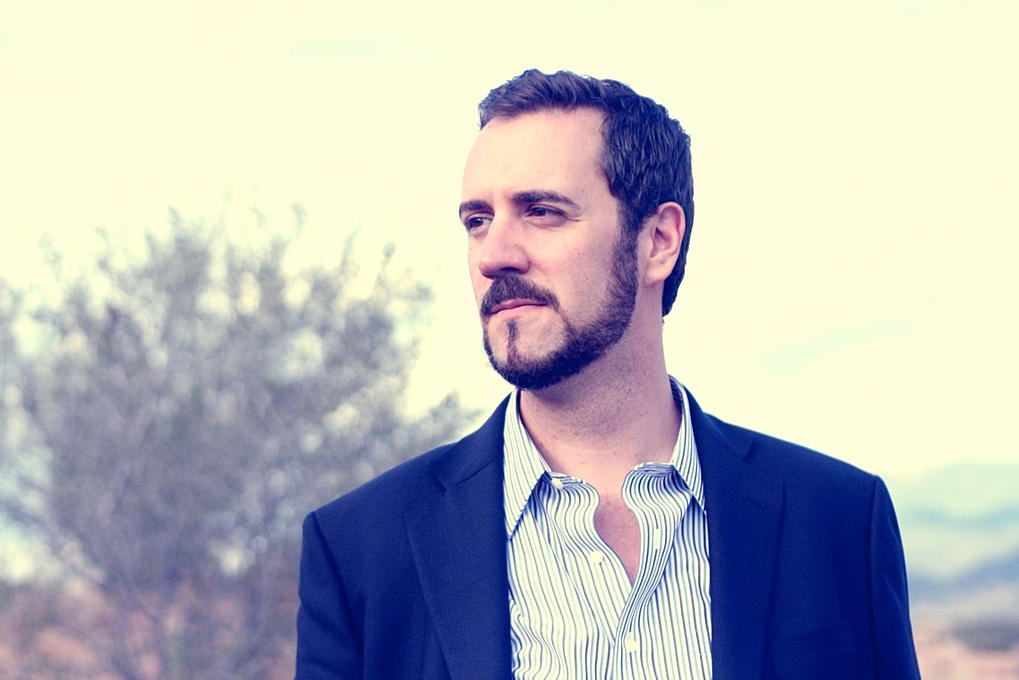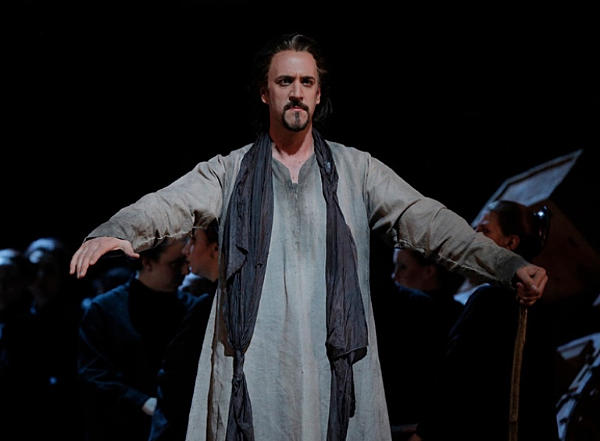When Peter Winkler retired at the end of the 2014 academic year after 42 years of dedicated service, I asked, in my capacity as Chair of the Department of Music, students, faculty, and friends asking for their reminiscences about Peter. I immediately received a flood of affectionate recollections, some by students who had studied at Stony Brook over 30 years ago but still remembered Peter vividly. As one of the first scholars of popular music, Peter demonstrated that the subject could be taken seriously, giving impetus to ex-students who have gone on to careers in academia as scholars in the field. Several ex-students wrote that Peter was the single most important influence in shaping their careers. Theo Cateforis, on the faculty at Syracuse University, echoed the thoughts of others when he wrote, “if it were not for Peter, I would not be where I am today, teaching popular and American music at a university.”
As a composer, Peter’s embrace of tonality, when it was still entirely taboo in academic composition circles, spoke loudly to composers of the importance of developing one’s own voice, no matter the fashion of the times. Many respondents spoke about the beauty of his music. Pianist Jeffrey Marcus, for whom Peter composed his Bagatelles, wrote that “in the breadth of [the work’s] chosen styles, one feels the richness of the American musical tradition so full of eclectic possibilities that in Peter are so passionately embraced.”
Like many others lauding Peter’s teaching, Kevin Mayner remembered “the grace and maturity of his teaching style and his determination to hold students to perform at the highest levels, while giving them the means to do so.” Tae Sakamoto remembered a teacher who was “talented, kind hearted, witty, and generous” (and the first person to teach her that Hendrick’s gin goes great with a slice of cucumber!).
Peter took on important administrative roles in the department and was always keen to help with governance. He served ably for many years as Undergraduate Studies Director and Graduate Program Director.
There are, however, lots of smart and talented people in academia. What comes through in the recollections is an appreciation of Peter’s generosity and humanity, what Linda Sinanian called Peter’s “extraordinary heart, mind, and soul,” what faculty colleague Tina Dahl called Peter’s “egalitarian, compassionate, open-minded view of the world, of music, and the musicians who make it.” Several people reflected, like Jeffrey Marcus, on Peter’s “richness of spirit and humble generosity,” and colleague Joseph Auner remembered Peter’s presence as a “master learner” in his seminars and his humility in endlessly pursuing knowledge. In his last year before retirement, Peter graciously consented to serve as Undergraduate Studies Director, a role he reprised from long stints earlier in his career, just as he spent many years as Graduate Program Director, specifically, and in department governance, generally. And I can say that so much of the spirit of the department—its warmth, collegiality, generosity with students and the value it places on mentorship, the very ‘vibe’ of a place that is just fun to be around—has been stimulated by Peter’s endlessly positive energy and good nature.
I asked Peter to reflect on his time at Stony Brook, and he begins by writing that he never expected to be here more than a few years. Forty-three years later, he has the following to say about his experience at Stony Brook!
Reminiscences of a Career at Stony Brook
Peter Winkler
I remember, when I first joined the Stony Brook music department, thinking that it was a nice first job, a stepping-stone to something else. It turned out that I had been extraordinarily lucky: I had stumbled into the beginnings of what was to become a remarkable institution. “Institution” – somehow the word feels too impersonal; at times I feel our department is more like a family. More recently, I’ve begun to wonder if it’s really a kind of organism – a living, breathing entity, something that is more than the sum of its parts. This organism has its memories, though the earliest memories tend to fade as those who lived through the early days become fewer and fewer. I think it’s important to keep some of these memories going. So I want to share with you a few glimpses of my own narrative, and remind you of some of the people who built our department into what it is today.
Billy Jim Layton, our first chairman, had a large part in shaping the vision of our department: it was Billy Jim who wanted our focus to be on the music of today, and to emphasize scholarship and performance in equal measure. The person I remember with the greatest fondness is David Lewin. David had taught at Berkeley when I was an undergraduate there, and he was instrumental in hiring a number of Berkeley people in the early days of the Stony Brook department – our ambition was to be the “Berkeley of the East” -, including the violist John Graham; Sally Fuller, who retired the year before I did; and David Lawton, who is still with us. It was David Lewin who designed the unique system of doctoral contracts that enabled the students to have a voice in planning their curriculum and plotting their future. David Lewin was one of the most influential music theorists of his generation. But more than that, he was a deeply wise and compassionate man. Performers and Academics often have very different ideas of what a music department should be, and this tension has often torn departments apart. We faced those issues at Stony Brook, and continue to, but I remember David at meetings as the voice of reason, cutting through heated arguments and assumptions of entrenched positions, clearly and logically stating the issues, and pointing the way to solutions. He was so important in establishing an atmosphere of cooperation and sympathy between performers, musicologists, and composers that continues today, and still distinguishes Stony Brook from many other music schools.
Billy Jim Layton and David Lewin may be just names to most of you, but it’s important that we remember them, along with other founders of our department who have passed on: Isaac Nemiroff, Sam Baron, Julius Levine, Tony Bonvalot, and, to me the finest composition teacher we ever had, Bülent Arel. And we must remember those who played important roles at Stony Brook but moved on to other schools: Leo Treitler, who was a brilliant and imaginative chair during the 1970’s and 80’s; Richard Kramer, who rose from music department chair to Dean of the Arts and Humanities; Joe Auner, who left us for Tufts just a few years ago, and, of course Sarah Fuller, perhaps the wisest of them all. And we are lucky enough to still have some of that first generation among us – Gil Kalish, David Lawton, Daria Semegen.
As for me, I often joke that I had begun as the “house hippie” and ended up as an “elder statesman.” I began teaching full of ideas and enthusiasm, but with not much of an idea of how to convey that to my students. I had a good time with them – maybe too good of a time. I hung out with them, partied with them. But it took three or four years before I felt I really began to understand what it meant to be a good teacher. In the early years, even though I felt the department supported me, I felt very much alone in trying to incorporate popular music into my teaching. I think my Rock music class, Music 109, was one of the first such courses in the country when I began teaching it in 1972. By the mid-1980’s I was no longer alone – I had joined the International Association for the Study of Popular Music, and began connecting with colleagues all over America, Europe, and even Africa who shared the belief that the study of popular music was important. By the early 1990’s I had a number of colleagues here at Stony Brook who saw the importance of popular music – Dan Weymouth, Joe Auner, Jane Sugarman. And now we can boast a number of Stony Brook PhD’s who have built careers on popular music studies – Jason Hanley, the education director at the Rock and Roll Hall of Fame, and Theo Cateforis, who is now sending new graduate students to us.
Along the way, of course, I took on some of the administrative work of the department. Leo Treitler appointed me Undergraduate Director in 1976, even before I was up for tenure – a shrewd move on Leo’s part that undoubtedly helped my case, and, more importantly, propelled me into a deeper sense of responsibility toward my department. In the 1990’s I became the graduate director; in the first year or so I worked under Sarah Fuller, who was a gentle but firm mentor who taught me a great deal about integrity and upholding the standards of the department. This past year I gave a final bow as undergraduate director – a parting gift from Perry. Once or twice I’ve been asked to consider being chair, but I know myself too well – I’m a good lieutenant but a lousy general.
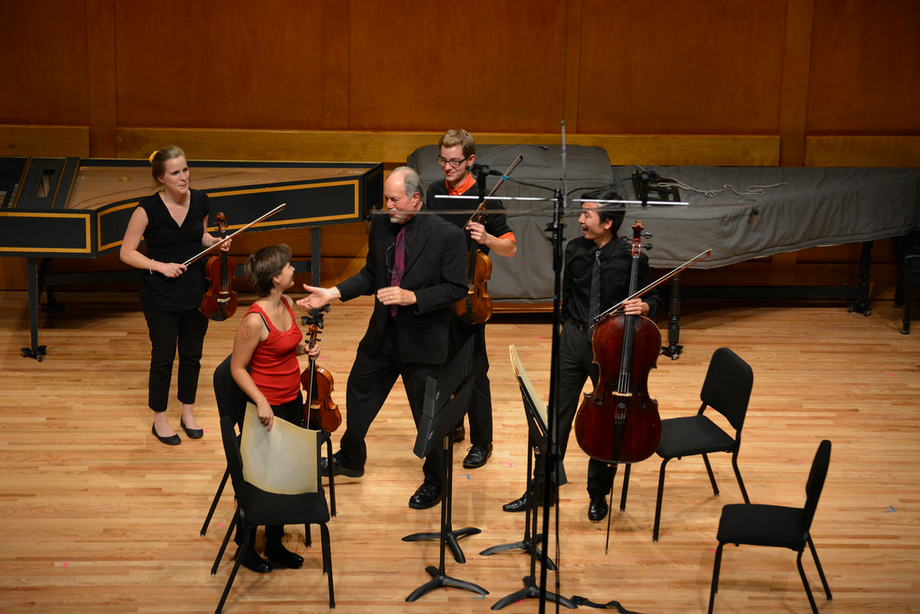
L-R Natalie Kress, Ann-Sophie Anderson, Peter Winkler, Philip Carter, Phuc Phan (Photo: Michael Hershkowitz)
I loved teaching, but 42 years is enough. What I’ve always felt I needed to be doing is writing more music. I’ve written some music I’m very proud of – my enormous Humoresque for piano solo, my waltzes for piano trio, my serenade for strings, and several shows, especially the musical “Out” that I wrote with my dear friend Winston Clark for the Connecticut Men’s Choir. Most recently I was very happy with my opera, Fox Fables, which received a stunning production here at Stony Brook a few years back. But I need to write more before it’s too late. I also need to take better care of the music I’ve already written. Since retirement, I’ve had some marvelous Stony Brook performances of my work – an all-Winkler concert in October 2014 featuring pieces dating from 1965 to 2014; the premiere of a new piece for the Stony Brook Wind Ensemble, and in March 2015 Eduardo Leandro conducted the Stony Brook Symphony in a revised version of my massive Symphony, first performed for the dedication of the Staller Center in 1979.
And to the people who have said “we will miss you” I always reply “I’m not going anywhere.” You see Sally Fuller at school almost every day, and you’ll be seeing me, too – at concerts, colloquia, and at last I hope to fulfill my dreams of sitting in on my colleagues’ seminars. So this is not goodbye at all; just hello to a new stage.



